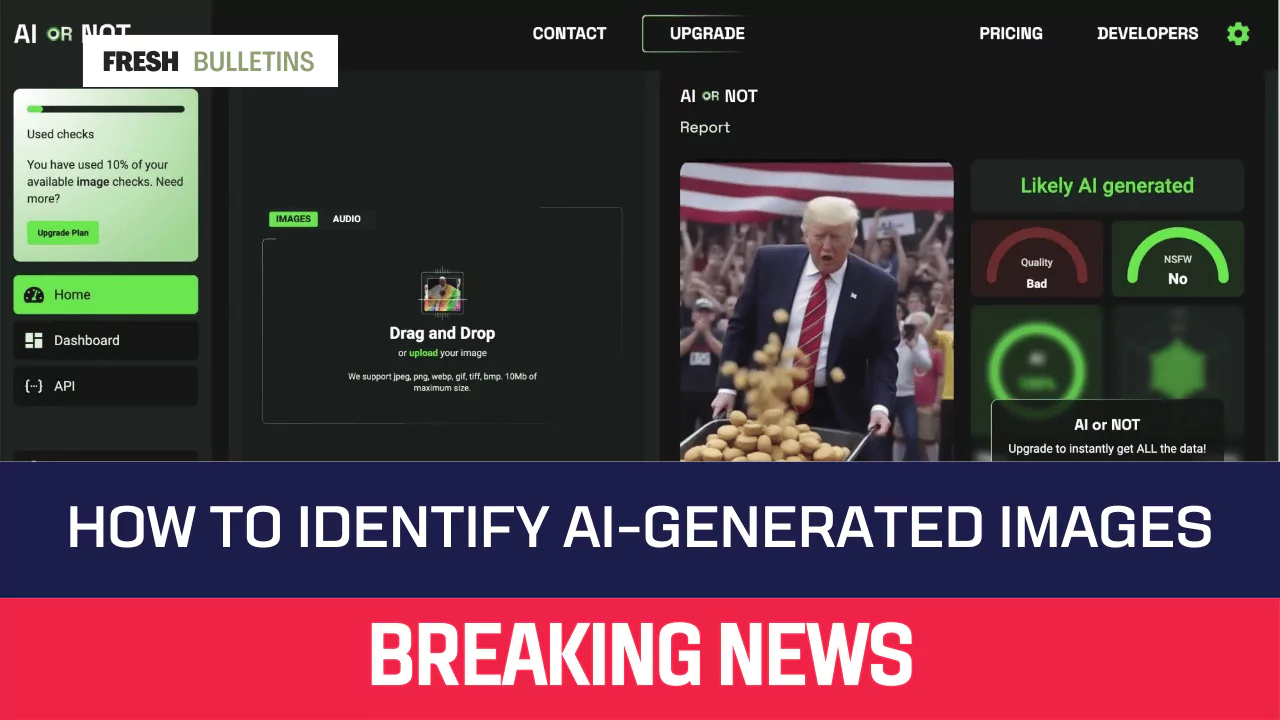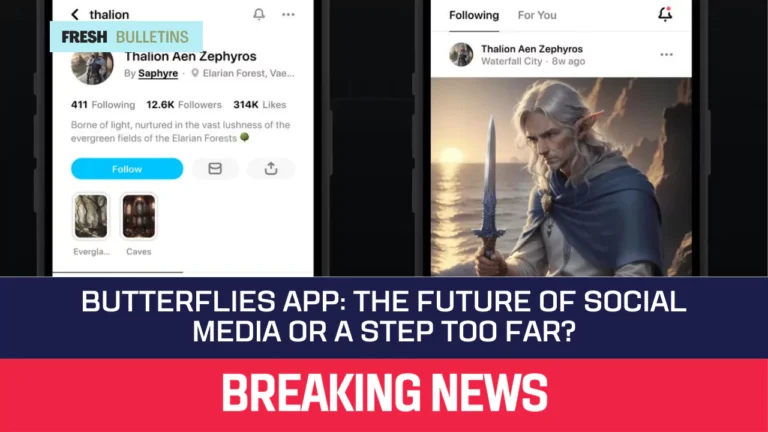How to Identify AI-Generated Images? (Essential Tips)
AI-generated images are created by machines using algorithms and can look very real. Here are essential tips to help you identify them.
1. Look for Unnatural Features
Many AI images have odd features. Check faces, hands, and backgrounds. Look for things that seem out of place. For example, you might see extra fingers or blurry details. These signs can mean the picture was made by an AI.
2. Use Image Detection Tools
You can use tools designed to spot AI images. Some tools include AI or Not, Hive Moderation, SDXL Detector, and Illuminarty. These tools check pixel patterns in the picture. They can tell you if an image is likely AI-generated. Remember that these tools are not always right.
3. Conduct a Reverse Image Search
A reverse image search can help you find the source of a picture. You can use Google Images for this. Upload the picture, and the tool will show where else it appears online. If the image is from a suspicious source or related to fake news, it might be AI-generated.
4. Analyze the Background
Check the background of the image closely. AI often struggles with details in this area. Look for blurred areas or strange objects. A natural background usually has soft gradients or realistic textures. If it looks too perfect or odd, question its authenticity.
5. Check for Text Errors
AI-generated images sometimes include text that does not make sense. Look for words or signs in the image. If the text is jumbled or seems incorrect, the image might be AI-made. This can happen because machines do not always understand language like humans do.
6. Assess the Quality of Details
AI technology creates high-quality images. However, closer examination reveals small details that may look off. Check skin texture, hair, and shadows. If they appear too smooth or perfect, question the image’s origin. Real human features often show imperfections.
7. Evaluate the Context
Examine where the picture appears. Knowing the context can help you identify if an image is real. If it seems too shocking or strange, do more research. Sometimes, AI images are made for jokes or memes. They may lack a credible source.
8. Take Note of Facial Symmetry
AI often generates symmetrical faces. Humans are not perfectly symmetrical. Look for unique features that are not equal on both sides. If a face looks overly perfect, it could be AI-generated. Real faces have natural differences.
9. Investigate the Source
Every image has a source. If you can find the original author of the image, verify their credibility. Trusted sources usually produce real images. If the source lacks credibility, the image may not be trustworthy.
10. Trust Your Instincts
Your instincts can occasionally serve as a useful guide. If something seems strange or unbelievable, follow your intuition. You can see odd things with your eyes. If a picture leaves you perplexed, look into it more.
11. Use Google’s “About this Image” Feature
Google has a feature that gives details about images. Click on the three dots on the image in search results. It shows information about the image, like when it first appeared online. This can help you judge its reliability.
12. Ask Questions
When you see an image, ask questions. Who posted it? What information does the image provide? Why was it created? Understanding the purpose behind an image can help you determine if it is real or AI-generated.
13. Check for Watermarks
Sometimes, AI-generated images might have watermarks. These often indicate their origin. A watermark can provide clues about the software that made the image. If you see one, look up the software to learn more about it.
14. Stay Informed
Learning about AI technology helps you identify AI images better. Read articles about how AI works. Keep updated on new developments in image generation. Understanding these concepts makes it easier to spot AI-created content.
15. Combine Methods
Using a mix of methods is essential. No single technique works every time. By combining ways to analyze images, you improve your chances of spotting AI-generated images. Don’t rely on just one tip.
In conclusion, identifying AI-generated images requires careful observation and examination. By using these tips, you can become better at spotting artificial images. The more educated you become about AI, the more skilled you will be at recognizing what is real and what is not.







